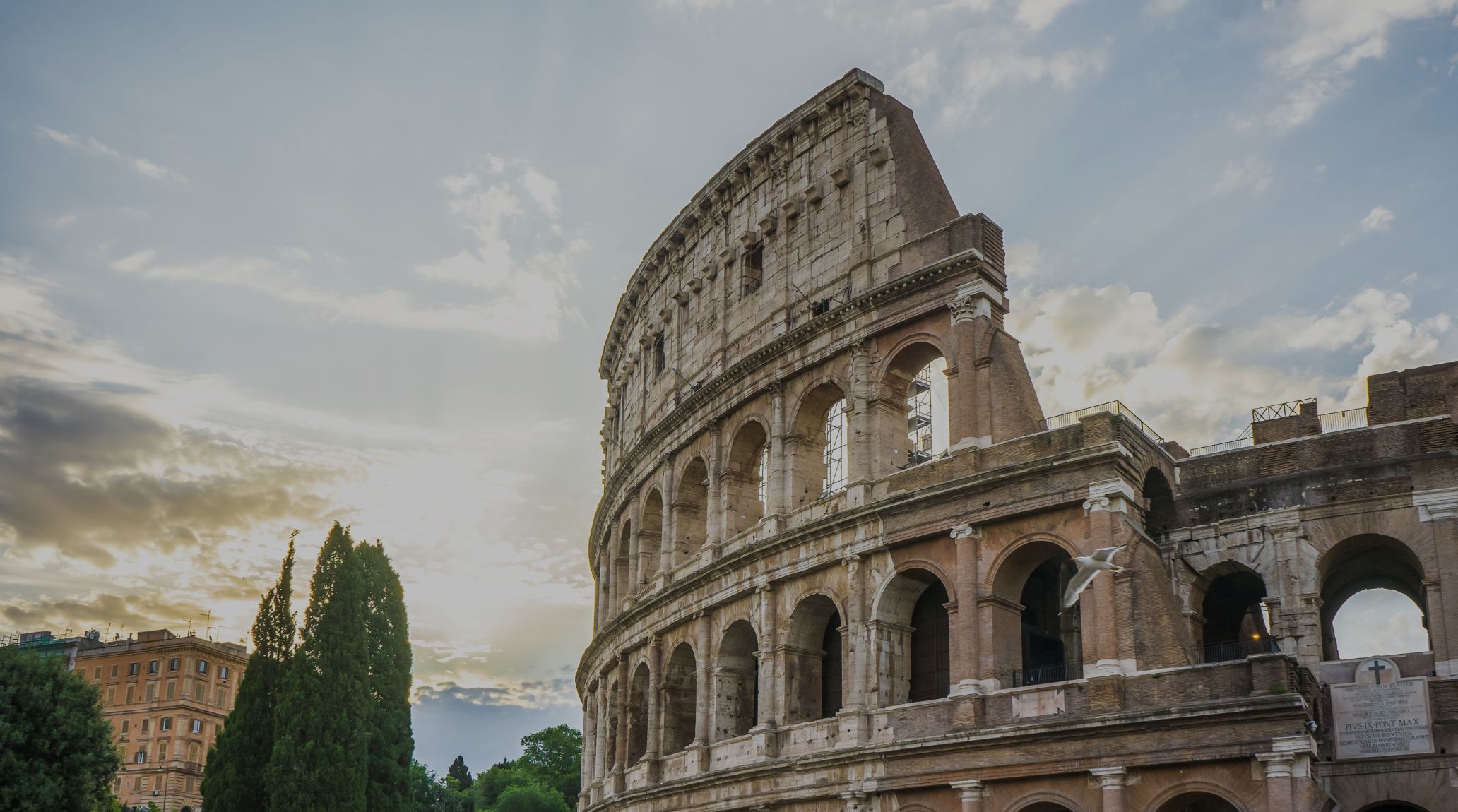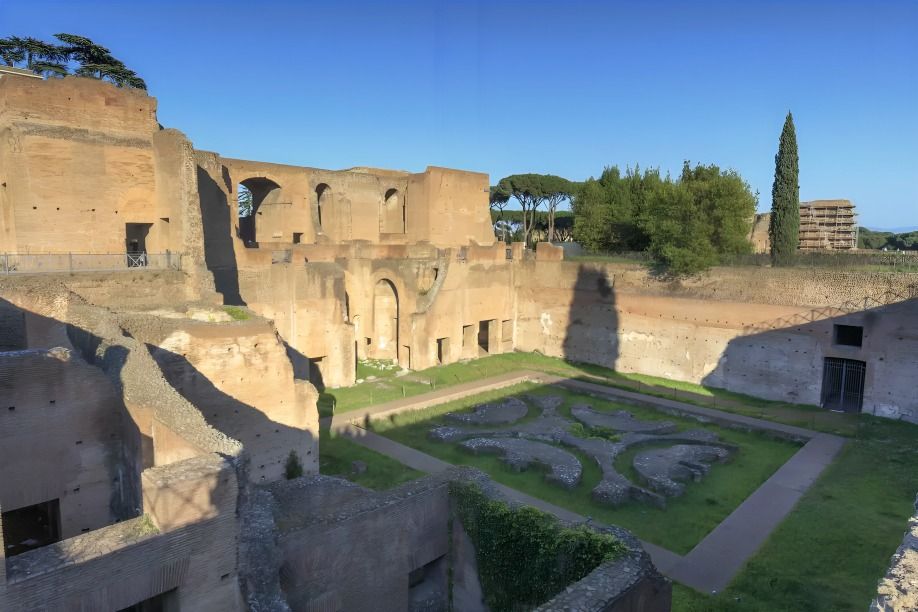
“
The Founding of Rome is a captivating tale that intertwines myth and reality, leaving us with a legacy rich in fascinating stories and historical intrigue. At the heart of these "Rome Founding Legends" lies the story of Romulus and Remus, twin brothers raised by a she-wolf, whose lives and actions set the stage for the creation of one of the greatest civilizations in history. 1
1
1
1
”
According to Roman mythology, Rome was founded by twin brothers Romulus and Remus, who were raised by a she-wolf after being abandoned as infants. This iconic tale symbolizes Rome's strength, resilience, and belief in its divine origins. 1
Rome’s founding is traditionally dated to April 21, 753 BCE. This date is celebrated annually as the festival of Parilia, marking the birth of Rome and its enduring legacy. 2
In the myth, Romulus killed his brother Remus during a dispute over where to establish the city, leading to Romulus becoming the first king of Rome. This act highlights the theme of conflict and power in Roman mythology. 3
The Palatine Hill, where Romulus and Remus were found, later became the site of many important buildings and residences, including the houses of emperors. It holds a central place in Rome's myth and history. 4

The she-wolf, or Lupa, is said to have nursed Romulus and Remus in the Lupercal Cave, which is located at the base of the Palatine Hill. This cave remains a significant archaeological site and a symbol of Rome's mythic beginnings.
The myth of Romulus and Remus includes an omen involving twelve vultures, which Romulus saw as a divine sign that he should be the founder of the city. This omen played a crucial role in legitimizing Romulus' claim to kingship. 5
To populate his new city, Romulus invited the neighboring Sabine tribe to a festival and abducted their women. This event led to a war that eventually united the Romans and Sabines, highlighting themes of conflict and integration. 6
The Forum Romanum, or Roman Forum, was the political, religious, and social heart of Rome. It started as a marketplace and evolved into the center of Roman public life, showcasing the city's development and importance.7
In 509 BCE, Rome transitioned from a monarchy to a republic. This change was driven by the revolt against the last king, Tarquin the Proud, who was seen as a tyrant, leading to the establishment of a more democratic system. 8
The early Romans were heavily influenced by the Etruscans, a neighboring civilization. The Etruscans contributed significantly to Roman culture, religion, and architecture, leaving a lasting impact on Roman society. 9
Romulus established an asylum on the Capitoline Hill, where fugitives, exiles, and runaway slaves could seek refuge and become citizens of Rome. This policy helped Rome grow by attracting diverse and ambitious individuals. 10
Rome’s early history is divided into the Regal Period, during which it was ruled by kings. Romulus was the first of these seven legendary kings, each contributing to Rome's development and governance. 11
One of the earliest political buildings in Rome was the Curia Hostilia, where the Senate met. It was named after Tullus Hostilius, the third king of Rome, and served as a central place for political decision-making. 12
Each of Rome’s early kings contributed to the city's development. For example, Servius Tullius, the sixth king, is credited with creating Rome’s first census, organizing the population for taxation and military service. 13

Rome was founded on seven hills: the Palatine, Aventine, Capitoline, Quirinal, Viminal, Esquiline, and Caelian. These hills played a crucial role in the city’s defense and development, providing natural fortifications and strategic advantages.
The Sabine women, who were abducted by Romulus and his men, eventually played a crucial role in ending the conflict between their people and the Romans by intervening during a battle, fostering peace and unity. 14
The Vestal Virgins were priestesses of Vesta, goddess of the hearth, who played a vital role in Roman religion. Their order was established by the second king of Rome, Numa Pompilius, emphasizing the importance of religion in early Rome. 15
The Cloaca Maxima, one of the world’s earliest sewage systems, was constructed in ancient Rome to drain the marshes and create a more sanitary urban environment. This engineering marvel showcases Rome's ingenuity and public health efforts. 16
The foundation of Rome also marked the beginning of its military tradition. The early Roman army, known as the legions, was a key factor in Rome’s expansion and dominance, setting the stage for its military prowess. 17
Early Roman law laid the groundwork for the legal systems of many modern countries. The Twelve Tables, created in 450 BCE, were Rome’s first code of law, ensuring the rights and duties of its citizens and influencing future legal traditions. 18


